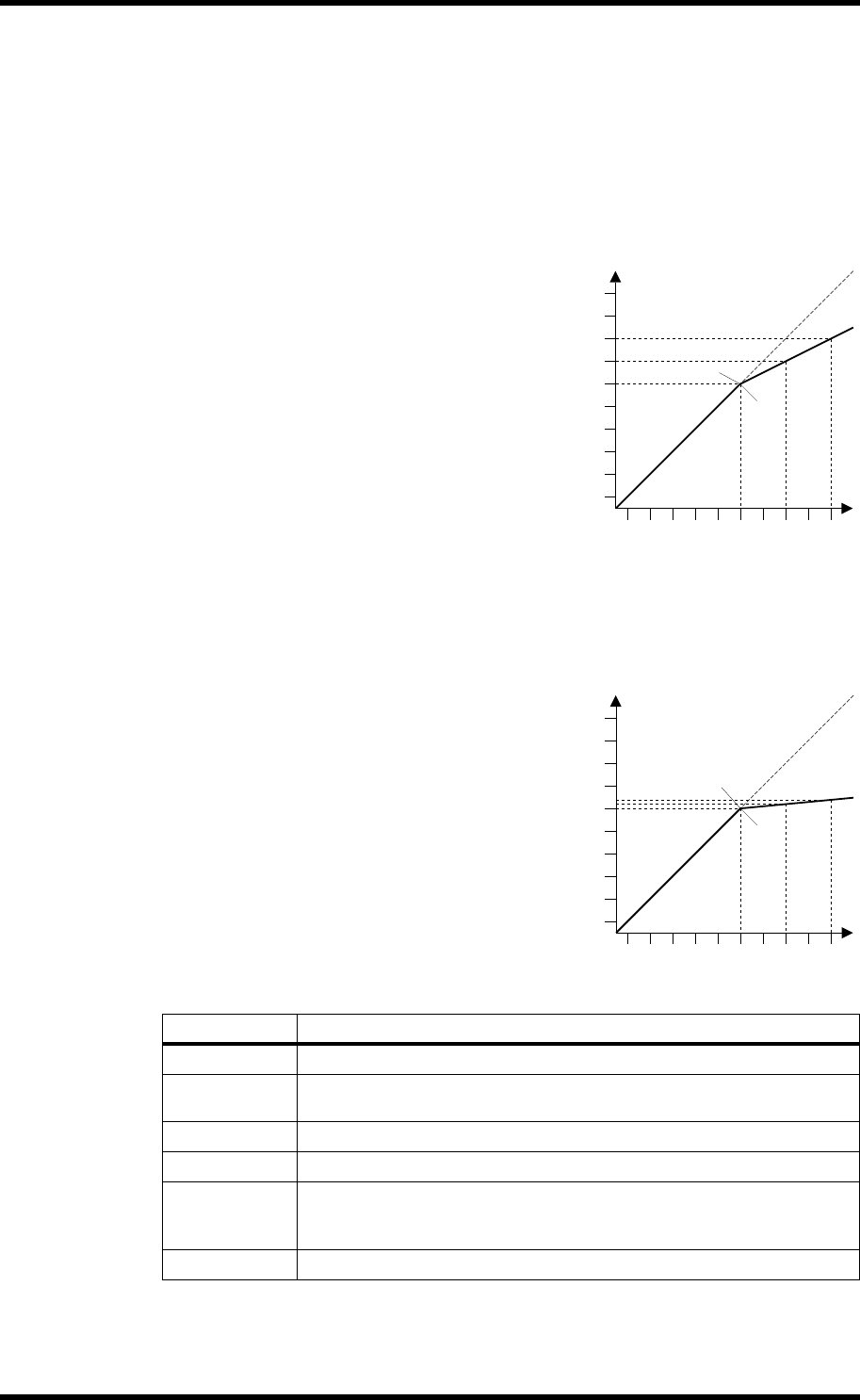
Processor Types 151
03D—Owner’s Manual
Processor Types
Dynamics processors are generally used to correct or control signal levels. They can,
however, be used creatively to shape a sound’s volume envelope. The dynamics proces-
sor types, parameters, and their general applications are explained in the following sec-
tions.
COMP
The COMP type dynamics processor is a com-
pressor, providing automatic level control. A
compressor attenuates signals above a specified
threshold. Vocalists that tend to move toward and
away from the microphone while singing produce
fluctuating signal levels; sometimes loud, some-
times soft. Likewise, acoustic instruments with a
large dynamic range produce sound levels from
pianissimo (very soft) through to fortissimo (very
loud). In these situations, it is often difficult to set
an average fader level that will allow a voice or
instrument to be heard clearly throughout a song
or piece of music. This is where the compressor comes in with automatic level control.
By automatically reducing high levels, thus effectively reducing the dynamic range, the
compressor makes it much easier to control signals and set appropriate fader levels.
Reducing the dynamic range also means that recording levels can be set higher, there-
fore improving signal-to-noise performance.
The COMP type can also be used as a limiter,
which is essentially a compressor with a high ratio
setting. Compression ratios above 10:1 are con-
sidered to limit signals rather than compress
them. When an input signal exceeds the specified
threshold level, its level is automatically reduced
to the threshold level. This means that the lim-
iter’s output level never actually exceeds the
threshold level. Limiters are often used to prevent
signals from overloading amplifiers and tape
recorders. A limiter with a relatively high thresh-
old, for example, could be patched into the stereo
outputs to prevent amplifier and speaker overload.
THRESHOLD—This determines the level of input signal required to trigger the com-
pressor. Signals at a level below the threshold pass through the compressor unaffected.
Parameter Range
THRESHOLD
–54 dB to 0 dB (55 steps)
RATIO
1:1, 1.1:1, 1.3:1, 1.5:1, 1.7:1, 2:1, 2.5:1, 3:1, 3.5:1, 4:1, 5:1, 6:1, 8:1,
10:1, 20:1, ∞:1 (16 steps)
KNEE
hard, 1, 2, 3, 4, 5
ATTACK
0–120 ms (1 ms steps)
RELEASE
5 ms–42.3 s (sampling rate @ 48 kHz)
6 ms–46 s (sampling rate @ 44.1 kHz)
8 ms–63.4 s (sampling rate @ 32 kHz)
OUT GAIN
0.0 dB to +18.0 dB (0.5 dB steps)
–70
–60
–50
–40
–30
–20
–10
0
+10
+20
–70 –60 –50 –40 –30 –20 –10 0 +10 +20
Input Level (dB)
Output Level (dB)
Knee = hard
Threshold = –20dB
Compression ratio = 2:1
–70
–60
–50
–40
–30
–20
–10
0
+10
+20
–70 –60 –50 –40 –30 –20 –10 0 +10 +20
Input Level (dB)
Output Level (dB)
Knee = hard
Threshold = –20dB
Compression ratio = 20:1


















